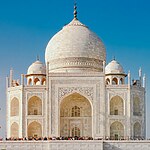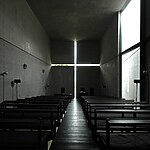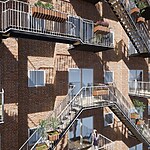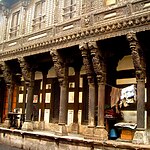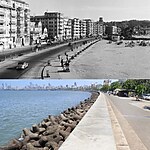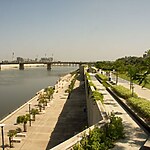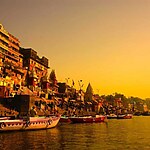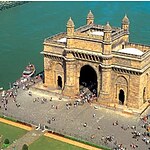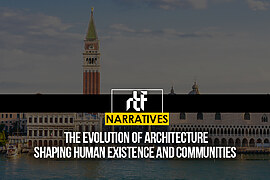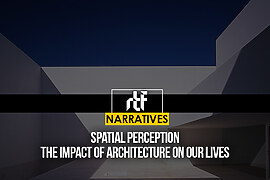Architecture is a reflection of our history, culture, society, and spaces. Architecture allows everyone to perceive it differently. For some, it is an expression of the past for others, an icon of the future; for some, it is about the gifts of our ancestors for others, an extension of their religious beliefs; and so on. It affects everyone’s lives differently. Common man or professionals, architecture always surrounds us, in different shapes, forms, and scales. It could be buildings, open spaces, public spaces, or historical structures.
Architecture and Everyday Life
A career in architecture is akin to wearing an additional lens. Your viewpoints and methods are radically transformed by architecture and the myriad of concepts found in it. While looking at a historical monument, a common man would perceive its monumentality, beauty, and overall feel. On the other hand, an architect would be brought back to their basic design classes as they examined the form, value, and texture and observed the rhythm, pattern, balance, scale, and proportion. In addition to that, an architect would examine the historical analogies, motifs, and materials of that period.
As one delves deeper into the science of architecture, one starts drifting away from the face value of anything in the public domain. For instance, falling water becomes the name of an iconic building instead of the waterfalls; the Taj Mahal is no longer a symbol of love, but a mausoleum ingrained with the magnificence of the Mughal style of art and architecture; skyscrapers are not just tall buildings, but a live class on structures and services. An architect explores buildings, squares, and cities concerning all the knowledge they have gained during their architecture journey.
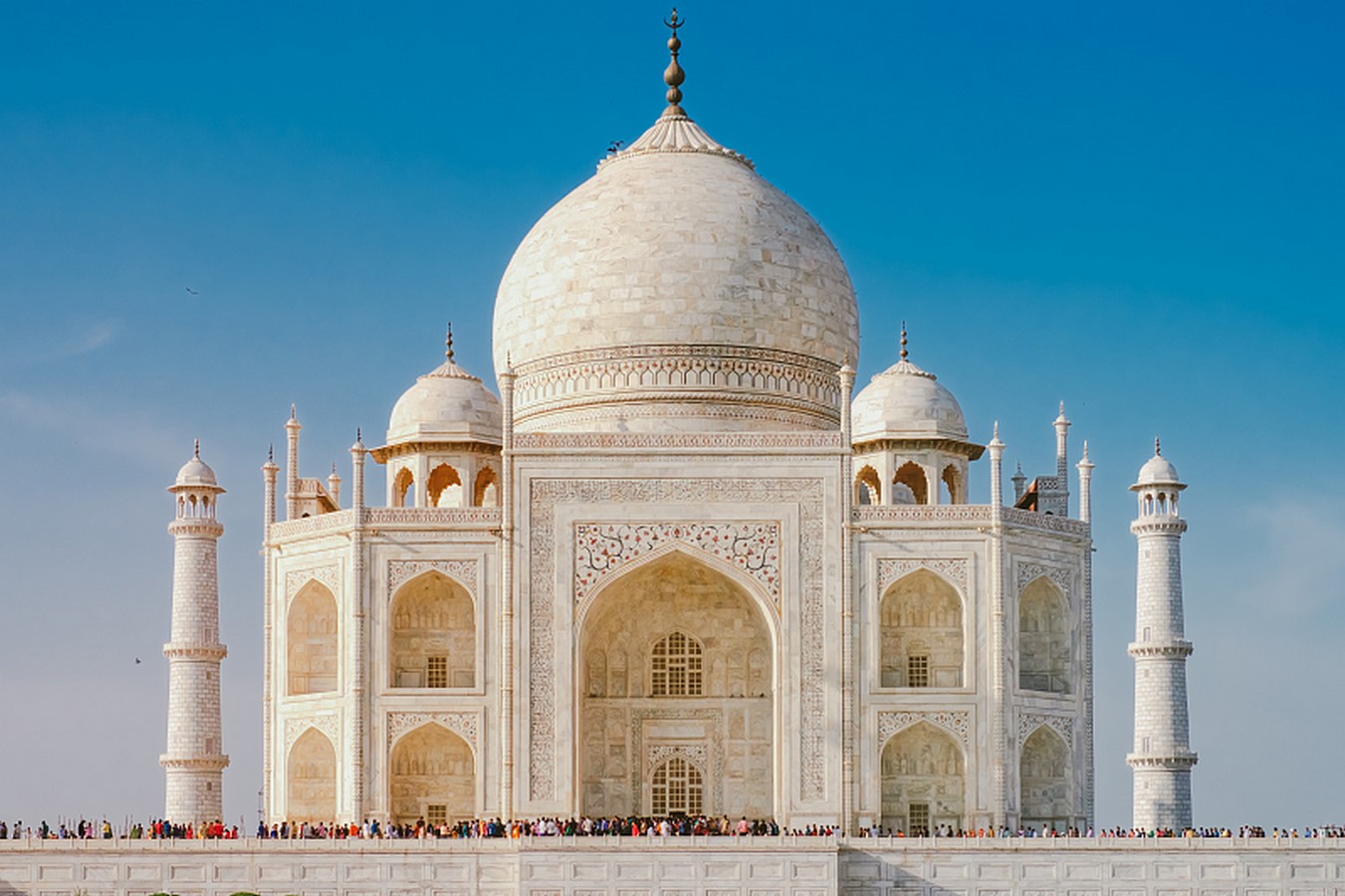
Architecture and Design
Throughout one’s architectural journey, it becomes clear that architectural design is much more than merely creating spaces. It entails eliciting emotions in others because of the space. The Church of Light serves as the best example of this. When someone visits the church, they are compelled to celebrate the Almighty. The space requires you to do so. It generates spatial perceptions. It is about the void, not the space. The church has no obvious religious symbols; it is only the void and the light that emanates from it that connects humans to the spiritual power. Architecture is all about generating an ethereal appeal by combining the built and unbuilt, the man-made and natural, light and darkness.
Architecture is about bringing people together, inspiring them, and creating environments that promote happiness and well-being through color, material, or simply the space itself.
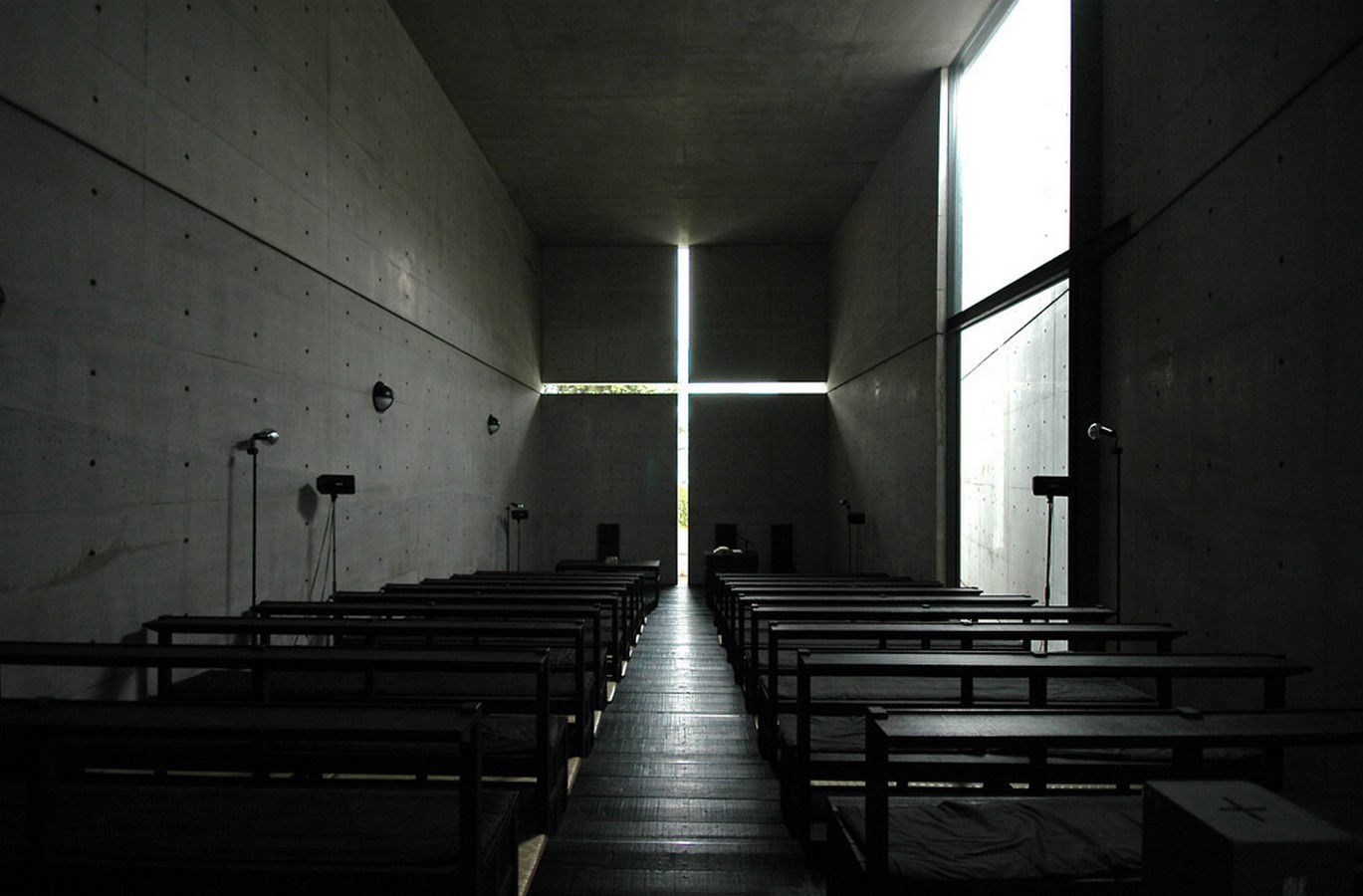
Architecture and Social Life
Architecture has a significant impact on our social lives as well. Architecture on a variety of dimensions enhances our social lives, including public spaces, high-rise buildings, low-rise structures, and stand-alone residences. We use architecture to design balconies that offer a semi-private environment. One could stay in their own space while interacting with others. It blurs the line between the occupants while not making anyone uncomfortable. There is an “otla” in stand-alone structures, which is a verandah-like space that extends into the outside access road. This otla becomes a community interaction area where people passing by speak and interact with those living there. This space could serve as a shelter for tourists on an unpleasant day. This is a favorite among the elderly, who are accustomed to living in big homes and miss the grandeur of larger homes and engagement with nature.
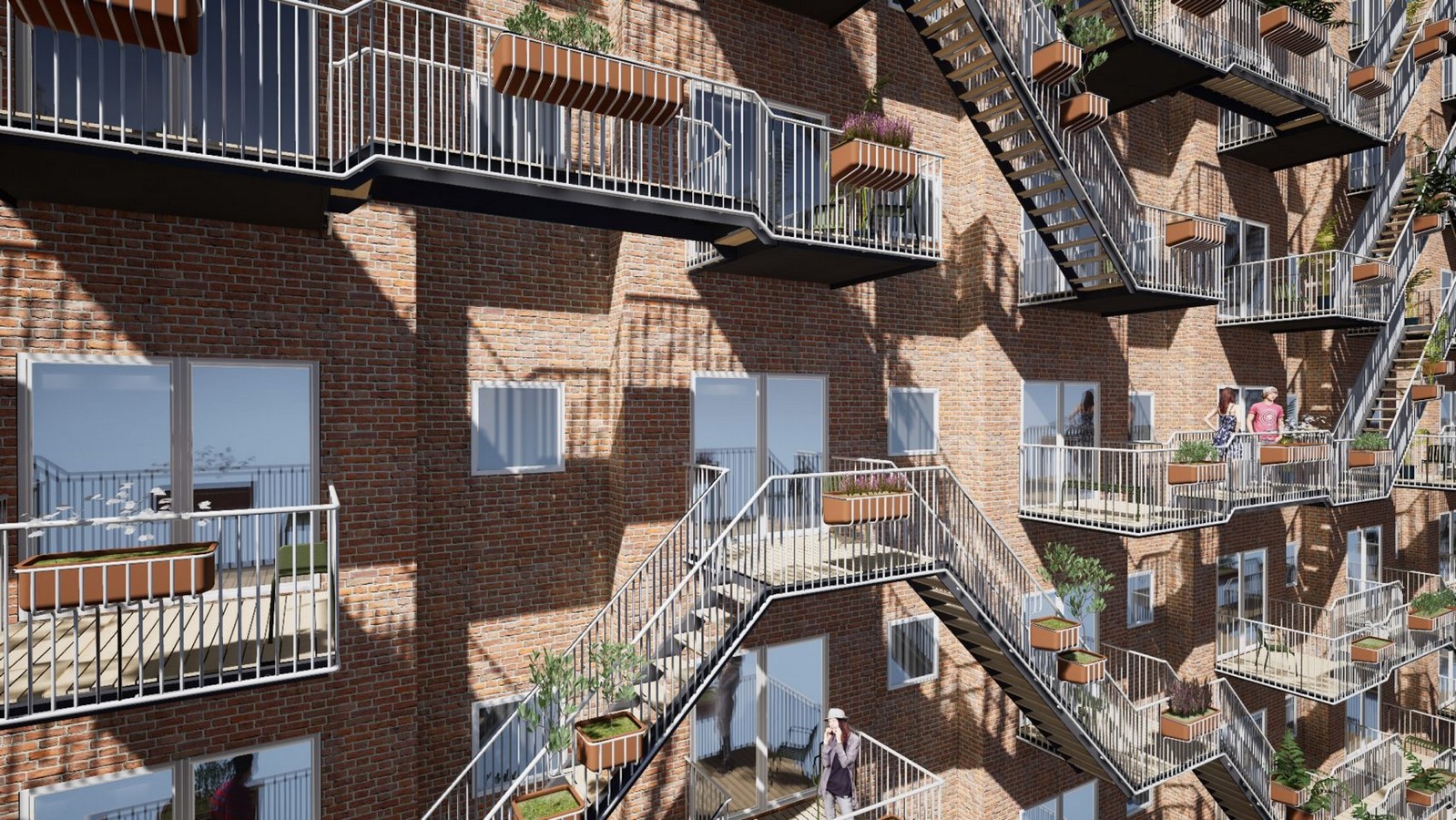
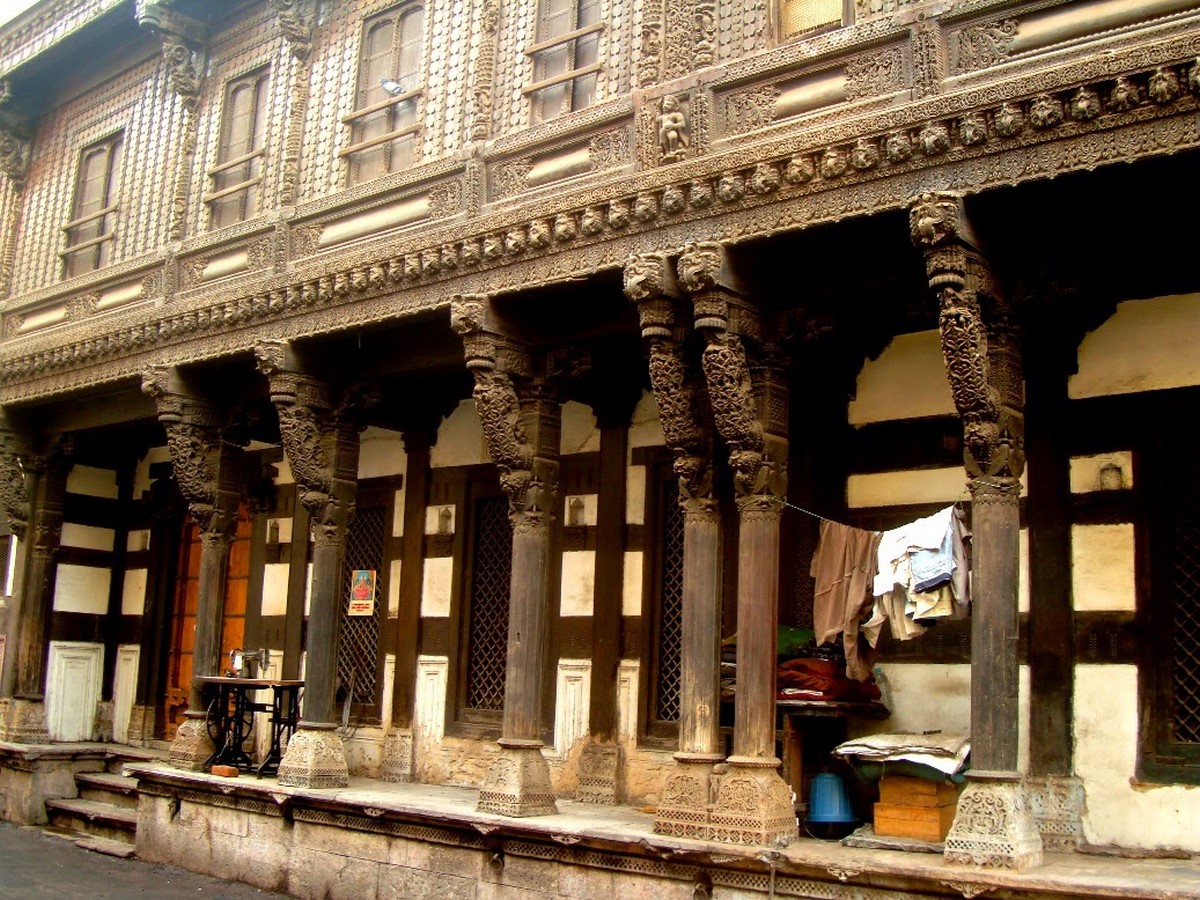
After architects established that architecture was about more than just the building, they revolutionized public places. This transforms social lives and modes of engagement. Previously, public places included parks, gardens, and open spaces. People congregated here, struck up conversations, and then went on occupying other buildings. However, following the revolution of built public spaces, sites such as the Riverfront in Ahmedabad, Marine Drive in Mumbai, the National War Memorial and Garden of Five Senses in Delhi, and the Rock Garden in Chandigarh began to emerge. Such areas generated an ambiance that encouraged people to interact with one another as well as nature. These areas become multifunctional, serving as a local icon, a hangout spot for young people, and a venue for a variety of activities. These spaces not only bring people together, but they also help to revitalize the city’s natural lost wonders, such as Ahmedabad’s Sabarmati River and Mumbai’s abandoned seafront.
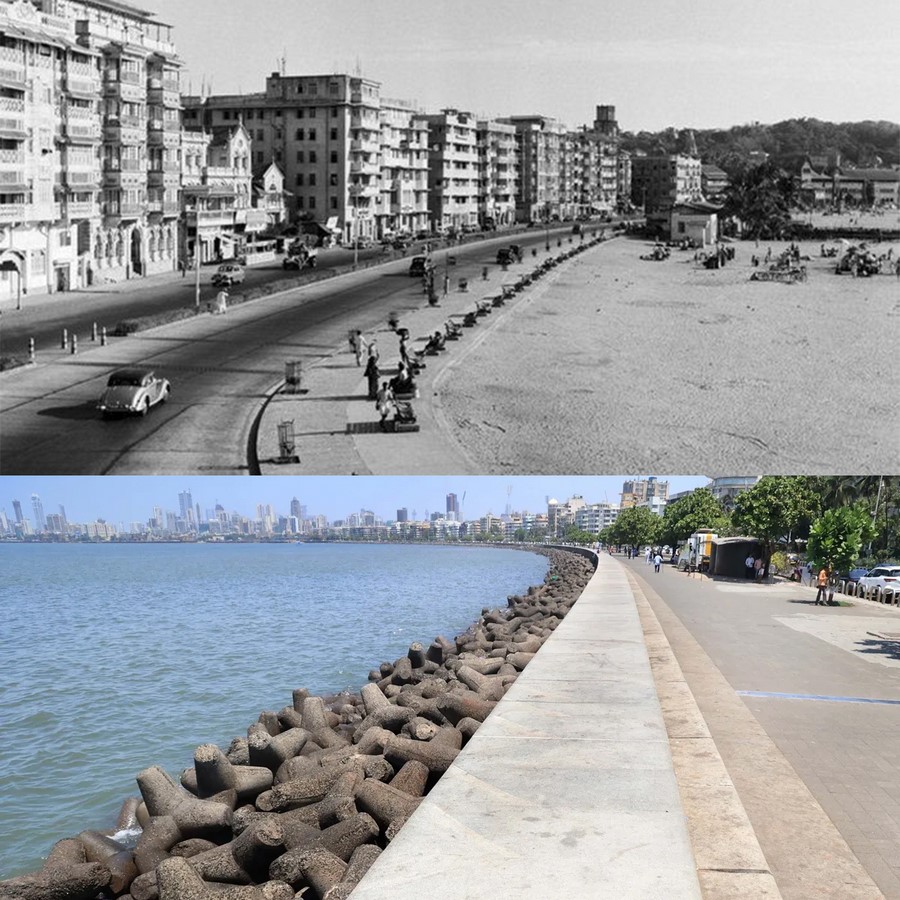
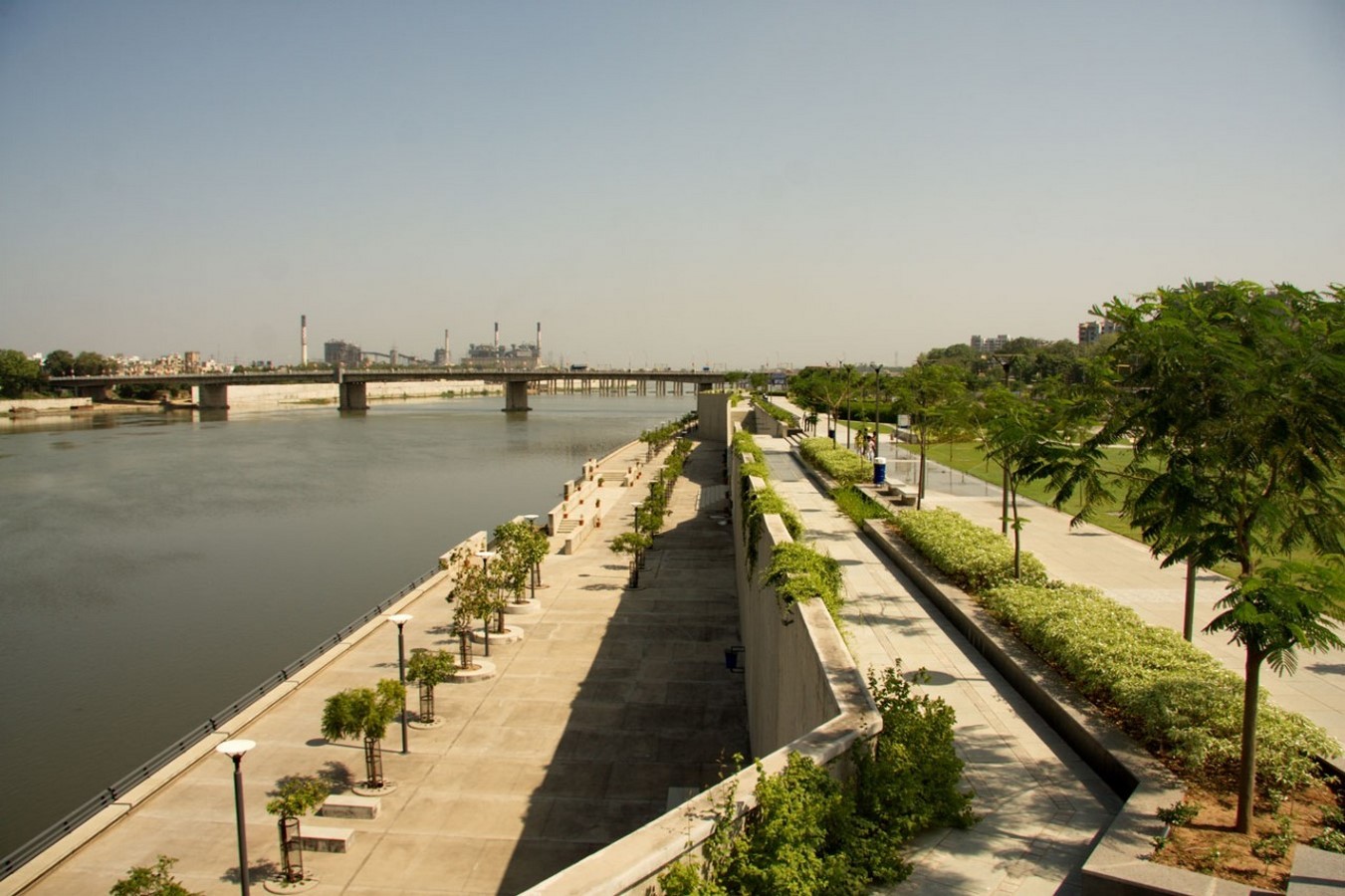
Architecture and Nature
Non-architects may believe that buildings and nature are different things. But as one evolves as an architect, one realizes that architecture and buildings are merely extensions of nature. One may argue that structures are man-made, whereas nature isn’t. Architecture, however, has little meaning until it is contextualized. For example, would the Taj Mahal be as significant if it had been situated elsewhere other than the banks of the Yamuna, or the Ganga River, and Banaras Ghats independent of each other, or the Gateway of India without the Arabian Sea as a backdrop?
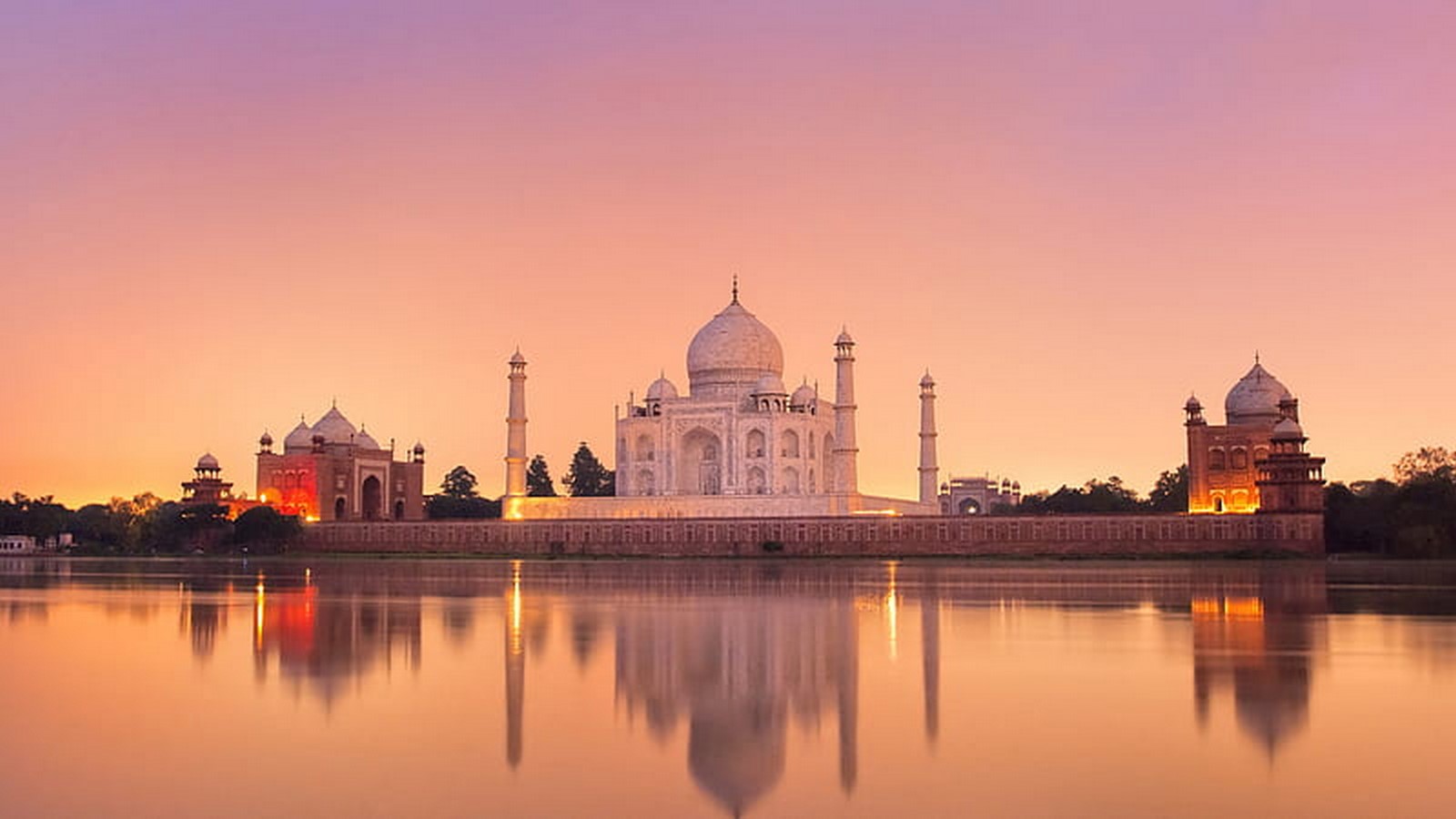
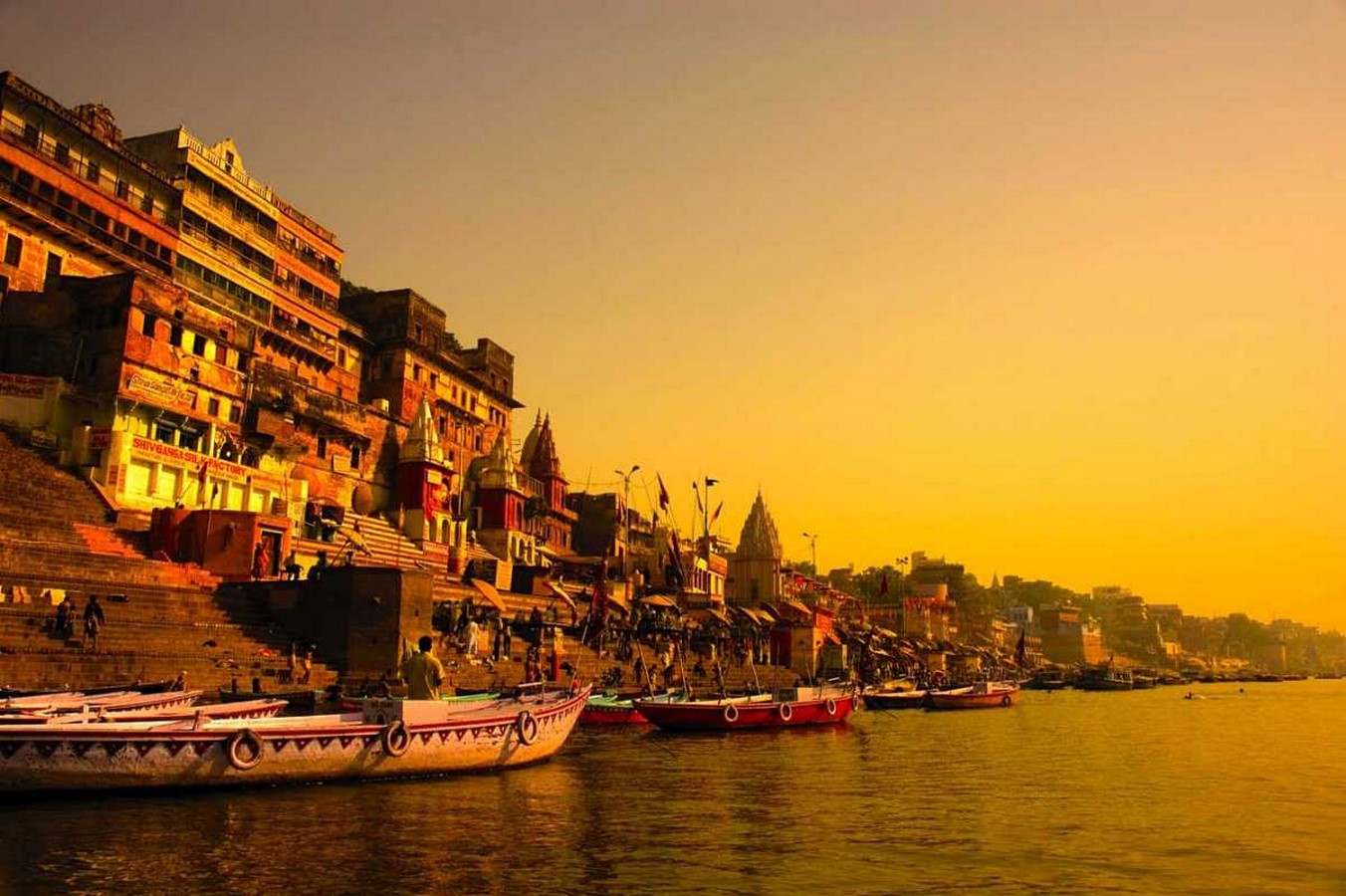
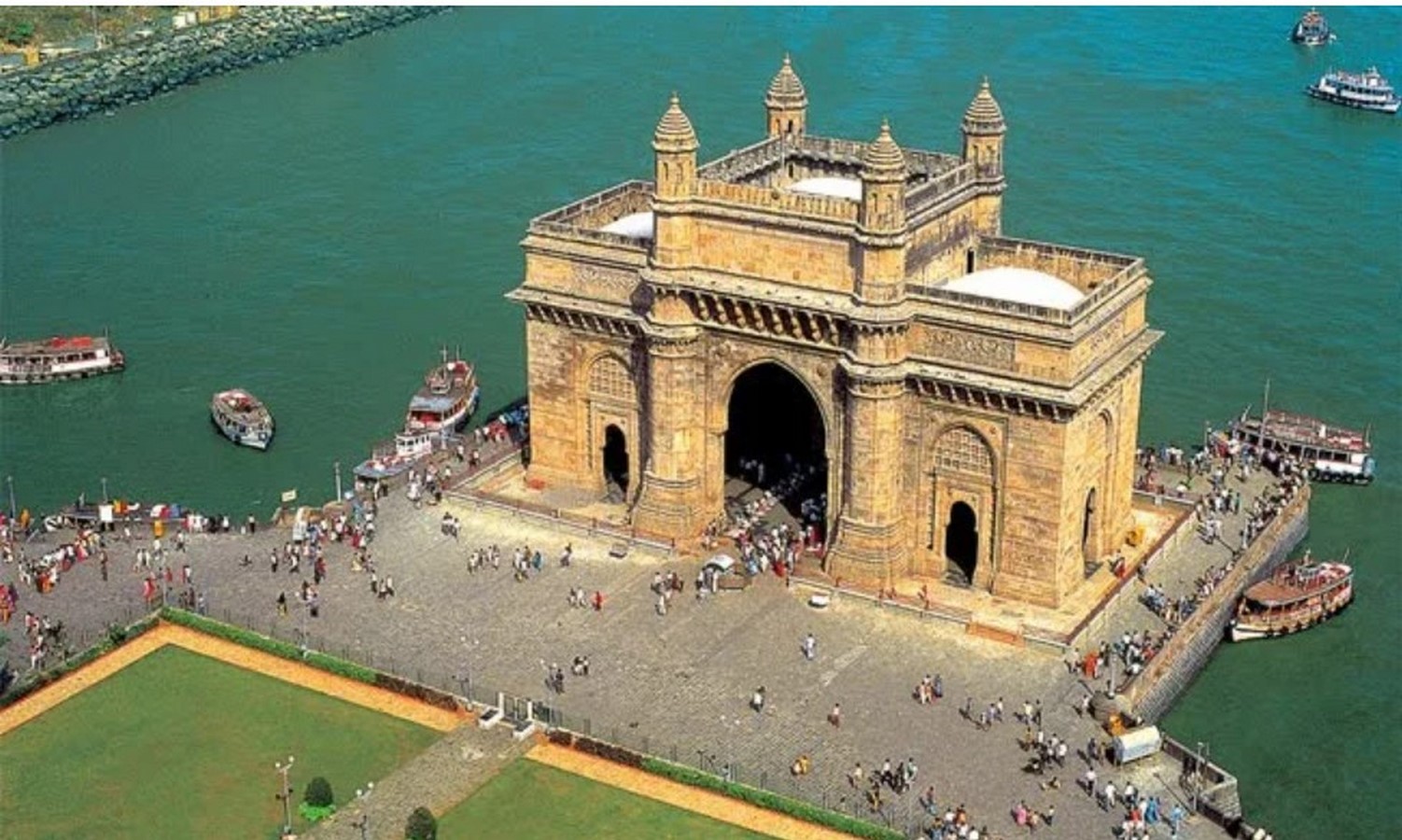
Now, perhaps more than ever, we must make more sustainable assessments. The architecture industry contributes 40% of global carbon emissions. Architects must demonstrate that it is possible to design functional and sustainable buildings. Architects must reconsider their interaction with the natural environment and seek harmony. Architecture encourages us to recognize our interconnectedness with nature, and by aligning our built environment with ecological principles, we may assist in the well-being of both our planet and ourselves.
Conclusion
Architecture teaches you to accept different viewpoints and ideas. One gets more adaptable to adjustments and alterations. As architects, we learn to nurture others’ visions while letting go of our own. Architectural education and practice allow you to evolve as a person. You learn to analyze, adapt, and create to keep up with trends; you also learn to critique and accept criticism. It teaches you patience and develops your teamwork skills. Few people understand that an architect is not a person; it is always about the team. An architect cannot complete even the most basic projects without the assistance of their team. Being an architect may need you to perform the smallest tasks, but in retrospect, you’ll see that those tasks weren’t the smallest; rather, they were the ones that motivated the team to complete the task at hand or the first stone to achieving great success.
Architecture is a language that speaks to the senses through textures and visuals, among other things. Different architects cannot elicit the same feelings through their designs or express themselves in the same way.
“In Architecture there is a part that is the result of Logical Reasoning and a part that is created through the Senses.” – Tadao Ando
Citation:
Chavhan, P. (2023) The impact of architecture in our daily lives, Times of India Blog. Available at: https://timesofindia.indiatimes.com/readersblog/artbypranali/the-impact-of-architecture-in-our-daily-lives-51839/ (Accessed: 21 April 2024).
Fidanci, E.A. (2023) A fresh perspective on green architecture, illustrarch. Available at: https://illustrarch.com/articles/17692-a-fresh-perspective-on-green-architecture.html#google_vignette (Accessed: 21 April 2024).
Kroll, A. (2011) Ad classics: Church of the light / tadao ando architect & associates, ArchDaily. Available at: https://www.archdaily.com/101260/ad-classics-church-of-the-light-tadao-ando (Accessed: 21 April 2024).
Cg, A. (2023) 47 inspiring architect quotes – AIMIR CG, AIMIR CG | 3D Architectural Visualization Rendering Services Company. Available at: https://www.aimircg.com/architect-quotes/ (Accessed: 21 April 2024).








